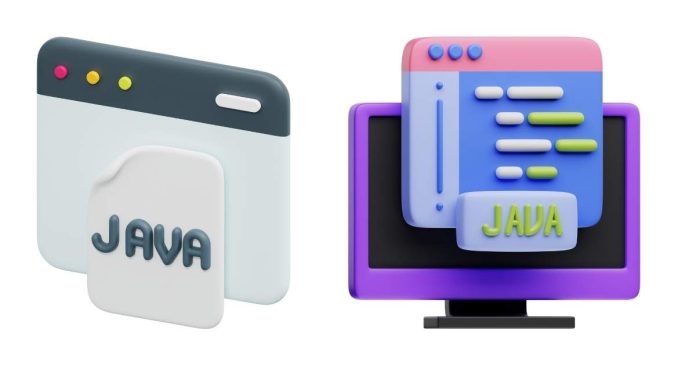In Java, the stack and heap are two memory areas used for different purposes:
Stack
- Purpose: Stores method calls, local variables, and references to objects.
- Memory Management: Follows Last-In-First-Out (LIFO).
- Lifetime: Memory is automatically allocated and deallocated when methods are called and return.
- Speed: Faster access since it’s directly managed by the CPU.
- Scope: Exists for the duration of method execution.
Heap
- Purpose: Stores objects and class instances.
- Memory Management: Managed by Java’s Garbage Collector.
- Lifetime: Objects remain until they are no longer reachable.
- Speed: Slower access compared to stack.
- Scope: Accessible globally by references.
Key Difference
- The stack is for temporary, short-lived data, while the heap is for persistent objects requiring dynamic memory allocation.



